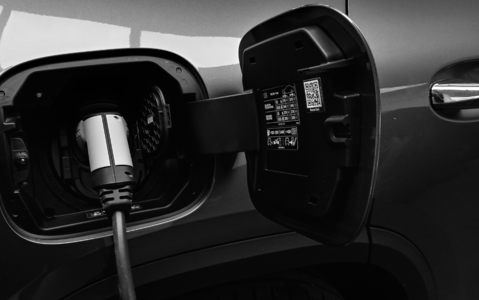Your Guide to Hybrid Cars
How hybrid cars work and their benefits explained
It can’t have escaped your notice that many new and used cars on the market these days boast a hybrid engine as part of their makeup. Thanks to the fusion of battery power and the traditional combustion engine, hybrids provide you with the best of both worlds.
What are the benefits of driving a hybrid car?
The hybrid’s popularity is no mystery, with several solid reasons why many choose hybrid vehicles above the rest:
- Reduced carbon emissions — whilst not gone completely, emissions produced by the combustion engine are reduced thanks to the help it gets from the battery.
- Reduced fuel costs — with the battery taking over on a regular basis, you’ll see less of the fuel pumps, reducing the amount you spend at them.
- Battery power on your terms — from the help that a mild hybrid provides, to the ease of a full hybrid, or even the increased electric-only range of a plug-in, there’s a type of hybrid for everyone.
What different types of hybrids are there?
Mild Hybrid
An electric motor is what allows a car with a petrol or diesel engine to be a mild hybrid, giving that traditional engine something of a boost.
The electric motor is powered by energy generated through habits such as braking, though whilst it does have a positive effect on fuel efficiency and the environment, the boost isn’t enough to rival the emission-busting credentials of full and plug-in hybrid vehicles.
Pros of a mild hybrid | Cons of a mild hybrid |
Reduced emissions | Usually more expensive than a petrol or diesel car |
Cheaper running costs | Still produces emissions, and they’re greater than other hybrid types |
No need to plug-in | Little or no battery-only range |
Full Hybrid
A full hybrid pairs a battery with a traditional combustion engine, and is often referred to as FHEV (Full Hybrid Electric Vehicle). Without mains electricity to charge the battery, a self-charging hybrid recharges itself through regenerative braking. This means that kinetic energy generated while braking is used to charge the battery, as this power would otherwise be wasted. There is therefore no need to plug a full-hybrid into the mains — it’s all done for you!
A full hybrid is usually able to travel some distance without the help of the combustion engine at all, although the all-electric range will be less than that of a plug-in hybrid. This makes it good if you do a mixture of journey types, as you can enjoy the benefits across distances long and short.
Pros of a full hybrid | Cons of a full hybrid |
Reduced emissions | Usually more expensive than a petrol or diesel car |
Cheaper running costs | Still produces some emissions |
No ‘range’ anxiety due to self-charging battery | |
No need to plug-in |
Plug-in Hybrid
Similarly to a full hybrid, a plug-in hybrid pairs a battery with a traditional combustion engine, but the battery in this instance is larger than that of a full hybrid.
Known in the car world as a PHEV (Plug-In Electric Vehicle), you have to connect to the mains in order to recharge the battery — it’s too big a battery to be recharged through regenerative braking alone. Your reward? A greater ‘electric-only’ range, making it ideal for those who do shorter journeys, as these can largely be done emission-free.
Pros of a plug-in hybrid | Cons of a full hybrid |
Reduced emissions | Usually more expensive than a petrol or diesel car |
Cheaper running costs | Still produces some emissions |
Can go further on all-electric power | You’ll need to plug in to charge up |
Find your next hybrid at Avalon Motor Company
If you’re looking to reduce your fuel costs and do your bit to lessen the emissions in your area, consider a hybrid car from Avalon Motor Company. With a regularly changing selection of cars, the perfect hybrid for you is either with us already, or just around the corner. Keep an eye on our online showroom to find the ideal hybrid for you.




